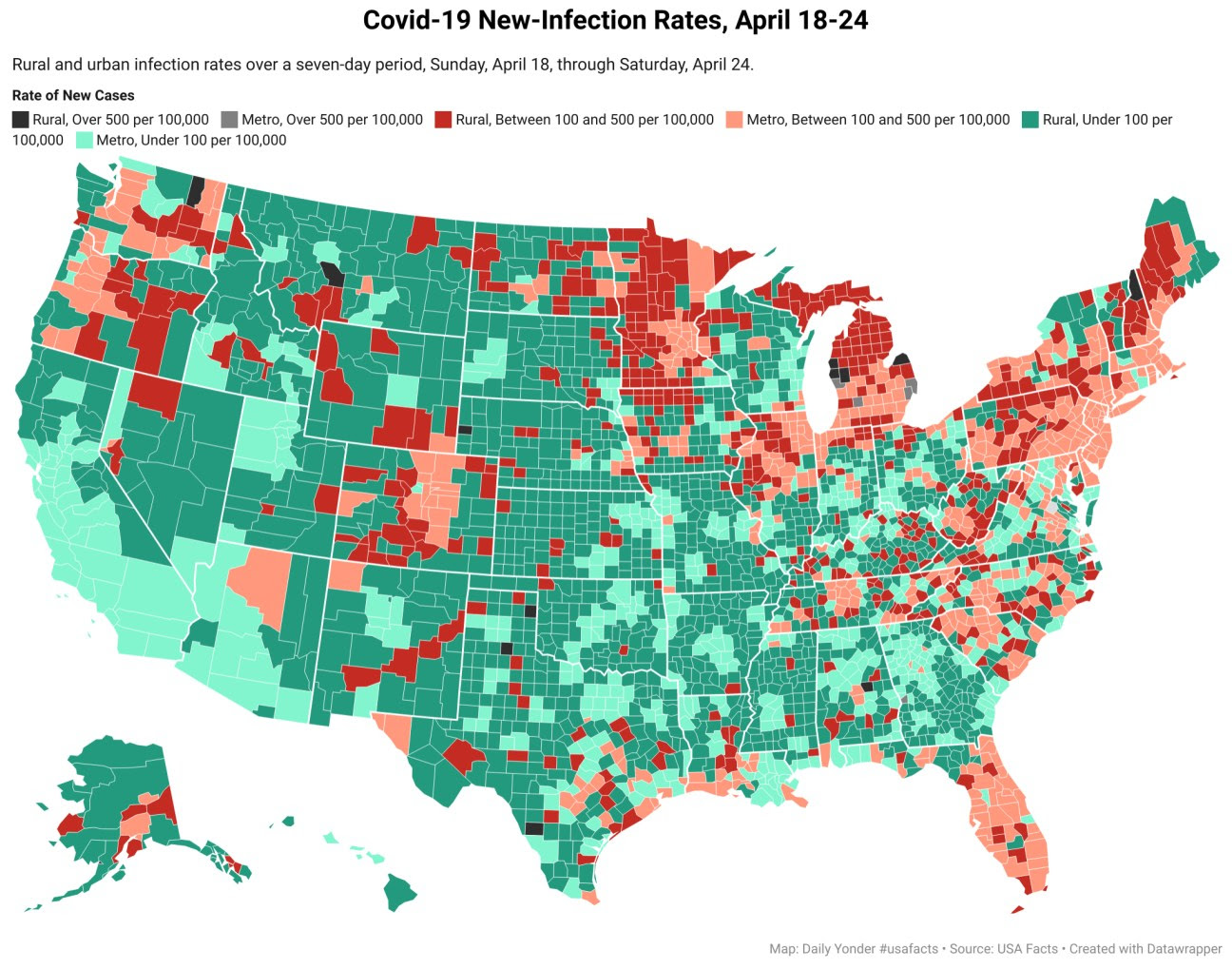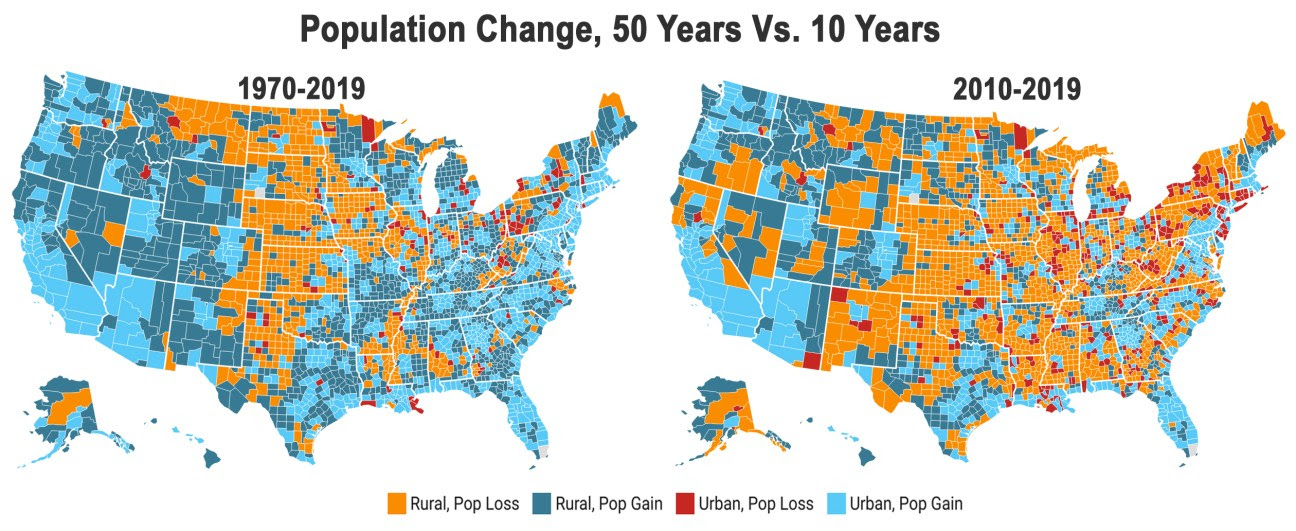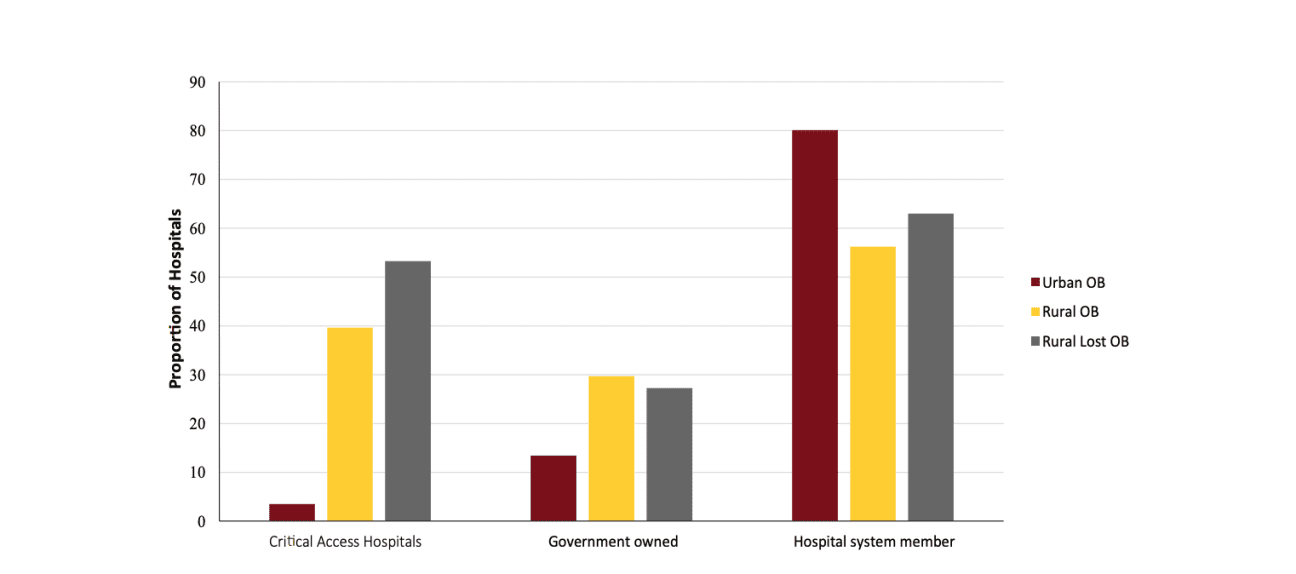- CMS: Medicare Program; Prospective Payment System and Consolidated Billing for Skilled Nursing Facilities; Updates to the Quality Reporting Program for Federal Fiscal Year 2026
- CMS: Medicare Program; FY 2026 Hospice Wage Index and Payment Rate Update and Hospice Quality Reporting Program Requirements
- Public Inspection: CMS: Medicare Program: Prospective Payment System and Consolidated Billing for Skilled Nursing Facilities; Updates to the Quality Reporting Program for Federal Fiscal Year 2026
- Public Inspection: CMS: Medicare Program: Fiscal Year 2026 Hospice Wage Index and Payment Rate Update and Hospice Quality Reporting Program Requirements
- CMS: Request for Information; Health Technology Ecosystem
- VA: Staff Sergeant Fox Suicide Prevention Grant Program Funding Opportunity
- State: 60-Day Notice of Proposed Information Collection: J-1 Visa Waiver Recommendation Application
- Public Inspection: CMS: Request for Information: Health Technology Ecosystem
- HHS: Request for Information (RFI): Ensuring Lawful Regulation and Unleashing Innovation To Make American Healthy Again
- VA: Solicitation of Nominations for the Appointment to the Advisory Committee on Tribal and Indian Affairs
- GAO Seeks New Members for Tribal and Indigenous Advisory Council
- VA: Staff Sergeant Fox Suicide Prevention Grant Program Funding Opportunity
- Telehealth Study Recruiting Veterans Now
- USDA Delivers Immediate Relief to Farmers, Ranchers and Rural Communities Impacted by Recent Disasters
- Submit Nominations for Partnership for Quality Measurement (PQM) Committees
Pennsylvania Re-Expanding Vaccine Provider Network
COVID-19 vaccines will be sent to more providers in Pennsylvania, widening the distribution network to include doctors, small pharmacies, and others as part of the effort to overcome lingering hesitancy among residents who have yet to get the shot. The Department of Health allocated more than 295,000 doses to 383 providers, up from 225 providers that received shipments last week. The state is gradually adding providers after narrowing the vaccine administrator cohort to hospitals, FQHCs, and pharmacy chains. Now, as demand for the vaccine begins to slow, the state is increasing focus on hard-to-reach areas and populations. Gov. Wolf said more providers will be added in coming weeks “as we keep moving out from big facilities” and “figure out how we can get closer to people, which means putting it in the hands of people you trust.” Pennsylvania now ranks 10th in the nation in percent of population that has been vaccinated. The commonwealth has administered first doses of COVID-19 vaccines to about 48% of its eligible population of everyone 16 and older and more than 5.2 million people have received at least their first dose.
Pennsylvania Updates COVID-19 Vaccine Dashboard to Highlight Race and Ethnicity Data by County
The Pennsylvania Department of Health announced the latest update to the COVID-19 Vaccine Dashboard. This latest update to the dashboard can be found on the second page of the COVID-19 vaccine dashboard. The update displays a county-specific view of vaccination demographics by race, ethnicity, gender, and age. The updated data also includes a county ranking of the percent of residents in each county that has received at least one dose of a vaccine. For more information on DOH’s efforts to promote justice, mitigate health inequities and promote transparency during the COVID-19 pandemic, visit the Health Equity and COVID-19 page.
State to College Students – Get Vaccinated Wherever You Are
The Pennsylvania Department of Health is encouraging vaccine providers to work with college students to ensure they get their full set of vaccinations. If it’s not possible for a student to receive both doses at the same location because they are returning home at the end of the semester, DOH says providers at the home location should work to ensure the college student gets fully vaccinated using the same vaccine they received as their first dose. DOH will support providers in these requests for second doses. DOH expects that numbers may not properly align, so encourages providers to include an explanation in the notes when filling out the second dose survey and report the data in PA-SIIS. Students should remember to bring their vaccination card with them to their second dose appointment.
Report: As Obstetrics Units in Rural Hospitals Close, Black Rural Moms and Infants Face Higher Mortality Rates
Rural Infections Fall by 15%; Rural Vaccination Rates Lag in Two-Thirds of States

By Tim Murphy and Tim Marema
Most rural areas are continuing to see improvement in new cases and deaths. But the vaccination rate in rural areas is failing to keep pace with the urban rate in most cases.
Read more

Local Governments Plan for Direct Aid Infusions, Await Exact Guidance

By Olivia Weeks
Waiting for more guidance on how to spend the federal aid money, counties have a “laundry list” of steps they can accomplish to hasten funds disbursement.
Read more
Regional Population Loss ‘Metastasizes’ in the Last Decade

Two-thirds of rural counties lost population from 2010-19. The underlying pattern is evident in trends dating to 1970.
Read more

Request for Information (RFI): Methods and Leading Practices for Advancing Equity and Support for Underserved Communities through Government

CMS is seeking comments in response to a Request for Information (RFI) titled “Methods and Leading Practices for Advancing Equity and Support for Underserved Communities through Government.” Comments are due no later than July 6, 2021, and can be submitted on the Federal Register’s website linked here:
From the Summary of the RFI:
Recent Executive Orders have charged the Office of Management and Budget (OMB), in partnership with the heads of agencies, to identify, by July 2021, effective methods for assessing whether agency policies and actions (e.g., programs, services, processes, and operations) equitably serve all eligible individuals and communities, particularly those that are currently and historically underserved. As part of this effort, agencies are directed to consult with members of communities that have been historically underrepresented in the Federal Government and underserved by, or subject to discrimination in, Federal policies and programs, and to evaluate opportunities, as allowable, to increase coordination, communication, and engagement with community-based and civil rights organizations. Through this request for information (RFI), OMB seeks input, information, and recommendations from a broad array of stakeholders in the public, private, advocacy, not-for-profit, and philanthropic sectors, including State, local, Tribal, and territorial areas, on available methods, approaches, and tools that could assist in this effort. OMB will consider the usability, applicability, and rigor of submissions in response to this RFI as OMB gathers resources to support agencies as they conduct internal assessments on the state of equity in their policies, programs, services, processes, and operations. OMB will also use what it learns from responses to this RFI as OMB works to expand use of equity-assessment methods and approaches across the Federal Government, as agencies develop agency Equity Action Plans (due to the Domestic Policy Council by January 19, 2022) outlining steps they will take to address identified gaps in equity.
You can also access the RFI in its entirety here:
INSPIRE-ing Recovery in Appalachia: How to Get Started

The Appalachian Regional Commission (ARC) is accepting applications for a second round of INvestments Supporting Partnerships In Recovery Ecosystems (INSPIRE) Initiative grants, which will award up to $10 million to projects addressing the substance abuse crisis by creating or expanding a recovery ecosystem that will lead to workforce entry or re-entry. Interested in applying for an INSPIRE Initiative grant but unsure how to get started? This week, a panel of ARC experts participated in a Q&A webinar to answer questions from prospective applicants. Here are some key takeaways:
Q: What entities are eligible to apply?
A: Eligible applicants for ARC’s INSPIRE Initiative grants are the following: local development districts (LDDs); Indian tribes; states, counties, cities, or other political subdivision of a state; institutions of higher education; and public or private nonprofit organizations or associations.
Q: What is match and how is it determined?
A: Applicants must demonstrate a match from non-ARC sources that is both accessible and available to the project. Matching sources may be non-federal, other federal, or a combination of sources. The maximum share of ARC assistance is determined by the ARC classification of the county or counties served by the proposed activity.
Q: How do I apply?
A: Visit arc.gov/SUD – look for the “How to Apply” section for more detailed instructions. You will be directed to an application portal which will require you enter key data and upload two attachments, one is what we call the Application and the other Executive Summary. Before you apply, make sure to submit a Letter of Intent by May 17, 2021 5 pm ET. The final application deadline is June 18, 2021.
Check out our Q&A Session and other INSPIRE 2021 workshop recordings.
Gayle Conelly Manchin Sworn in as Thirteenth ARC Federal Co-Chair

Gayle Conelly Manchin was sworn in as the Appalachian Regional Commission’s (ARC) thirteenth federal co-chair, becoming the first ARC federal co-chair from West Virginia. Nominated by President Biden, Manchin will work directly with ARC’s 13 member governors, their state alternates and program managers, and a network of local development districts to continue to build community capacity and strengthen economic growth throughout Appalachia.
“I’m honored to serve our beloved Appalachian Region and its people as ARC federal co-chair,” said Manchin. “While we’ve come a long way over the years, more work needs to be done to strengthen our Region and seize opportunities to address economic disparities and advance prosperity.”
Manchin’s top priorities as ARC federal co-chair will be to support the creation of economic opportunities in the Appalachian Region, improve broadband access and critical infrastructure in Appalachian communities, and address the Region’s opioid crisis.
Read Federal Co-Chair Gayle Conelly Manchin’s bio.

